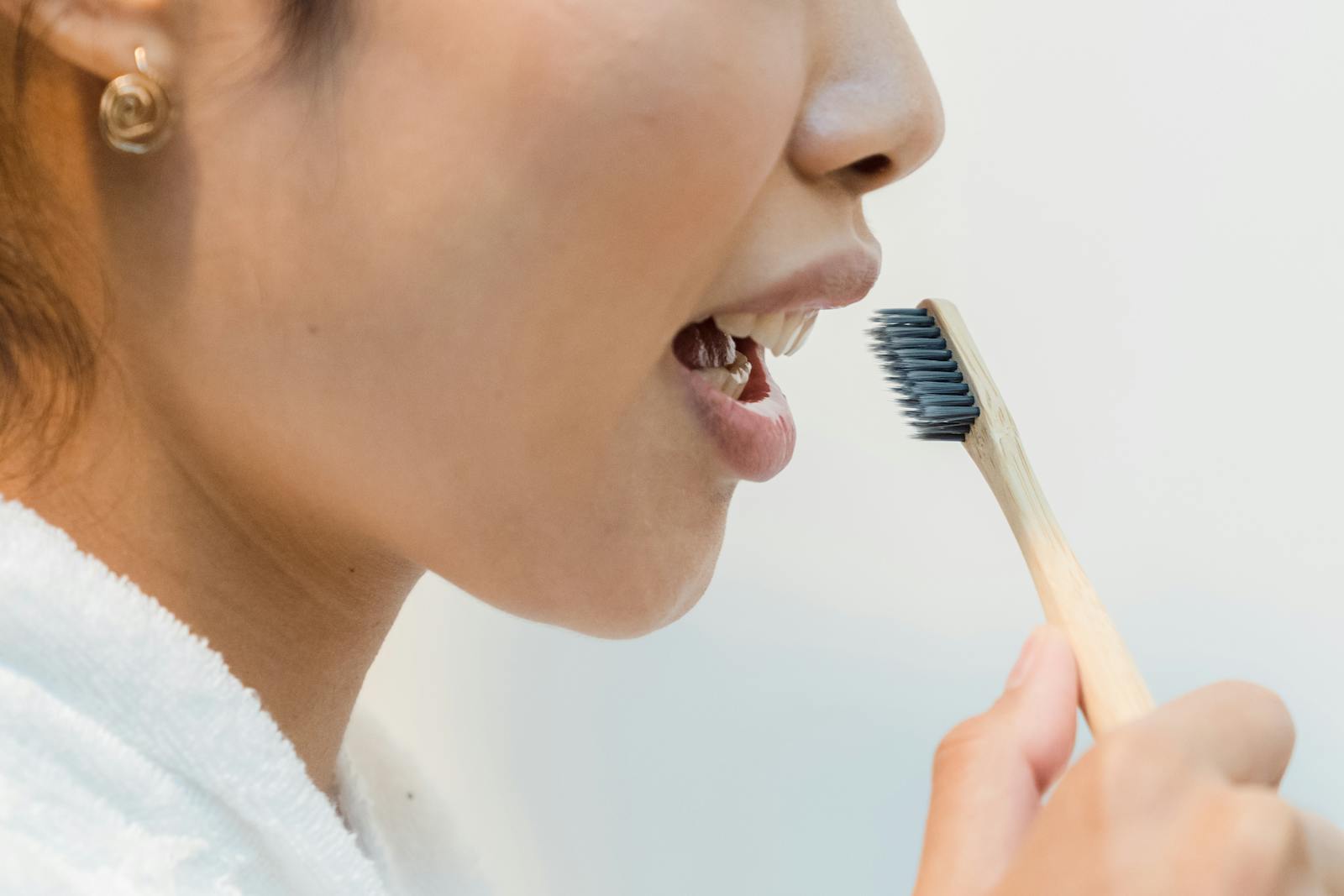9 Ways How To Clean Plaque Off Your Teeth Without A Dentist
Dental calculus, also known as tartar, forms on the teeth when plaque is allowed to build up and begin to calcify.
Tartar not only has an unpleasant appearance, but it also has the potential to seriously harm teeth, and gums over time.
Here you'll learn how to avoid tartar and remove plaque without visiting the dentist..
1. Make use of an electric toothbrush to thoroughly clean your teeth.
Make sure your electric toothbrush has a small circular bristle so you can easily clean each tooth separately and get into the spaces between them.
While both manual and power toothbrushes can remove plaque, they can also help reduce gingival bleeding or inflammation.
The counter-rotational and oscillating–rotating brushes on electrical tooth brushes are very effective.
2. Use toothpaste with fluoride.
By protecting tooth enamel from acid, which can cause tooth decay, fluoride aids in tooth decay prevention.
Numerous studies have demonstrated that fluoride, a mineral that occurs naturally, effectively prevents dental cavities.
To make sure your child's toothpaste has the right amount of fluoride, use toothpaste made just for them.
Consult a dentist if you are unsure of which toothpaste is best for you and your family.
3. At the very least, brush your teeth for three minutes.
The recommendation to brush for two minutes is common.
But did you know that the typical amount of time spent brushing teeth is 45 seconds.
With more time spent brushing, more plaque is removed.
Compared to brushing for 30 seconds, brushing for three minutes removes more plaque.
Whiten Your Teeth
Without Toxic Chemicals – click here!
4. Regularly use interdental brushes and dental floss.
Gingivitis, or mild gum disease, is significantly reduced when flossing is combined with tooth brushing.
Flossing aids in cleaning the more difficult-to-reach areas between teeth.
But interdental brushes take cleaning one step further.
This type of brushes are used to gently clean between the teeth and gums.
5. Frequently use mouthwash that kills bacteria.
Antibacterial mouthwash has numerous advantages.
It has the potential to freshen your breath, reduce plaque buildup, loosen any food particles that are recalcitrant, and lower your risk of cavities.
Using mouthwash immediately after brushing your teeth can strip your teeth of the good fluoride.
Throughout the day, use it to sooth your mouth after a meal or snack.
6. Pulling oil.
Oil pulling is a folk remedy that is said to improve oral health and remove bacteria from the mouth.
It involves moving an edible oil through the spaces between the teeth in the mouth by swishing or pulling on it.
Antioxidant and anti-inflammatory properties are found in coconut oil.
Additionally, lauric acid, a fatty acid with antimicrobial properties, can be found in coconut oil.
7. Using baking soda to brush.
Plaque can be safely and effectively removed by brushing with baking soda.
Baking soda toothpaste is still abrasive, but it is not as hard as enamel and can remove plaque without harming enamel.
Demineralization, a chemical process that removes calcium from tooth enamel, is another danger that baking soda prevents.
Food carbs have the potential to significantly lower the pH level in the mouth, resulting in an acidic environment and demineralization.
8. Good routine for oral hygiene.
Good oral hygiene is the best way to remove tartar and plaque.
Food crumbs and plaque will be removed from between the teeth, and other hard-to-reach areas by flossing first.
Plaque on the teeth's surface will be removed by the toothbrush after you floss.
Start brushing with the top molars at the back of the mouth for best results.
Brush all of the upper teeth's front and back surfaces with short, circular strokes.
Use mouthwash to rinse the mouth out after brushing and flossing.
9. Making use of a water flosser.
Plaque can be removed from between the teeth with the help of a water flosser.
Food and plaque can be removed with this tool using water pressure where string floss might not reach.
The gums are massaged as well.
Compared to string floss and a manual toothbrush, using a water flosser and a manual toothbrush worked better to remove plaque.

Comments
Post a Comment